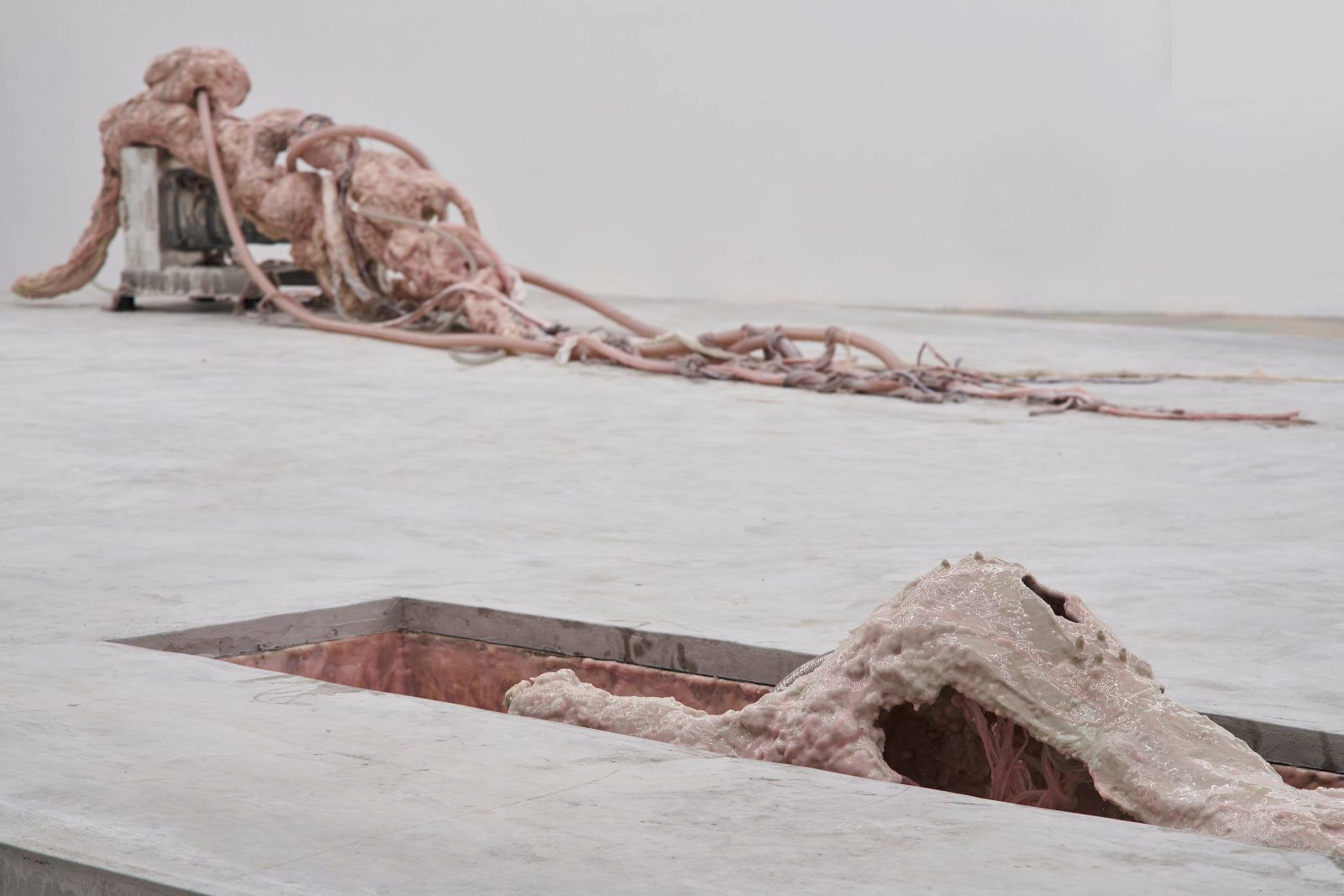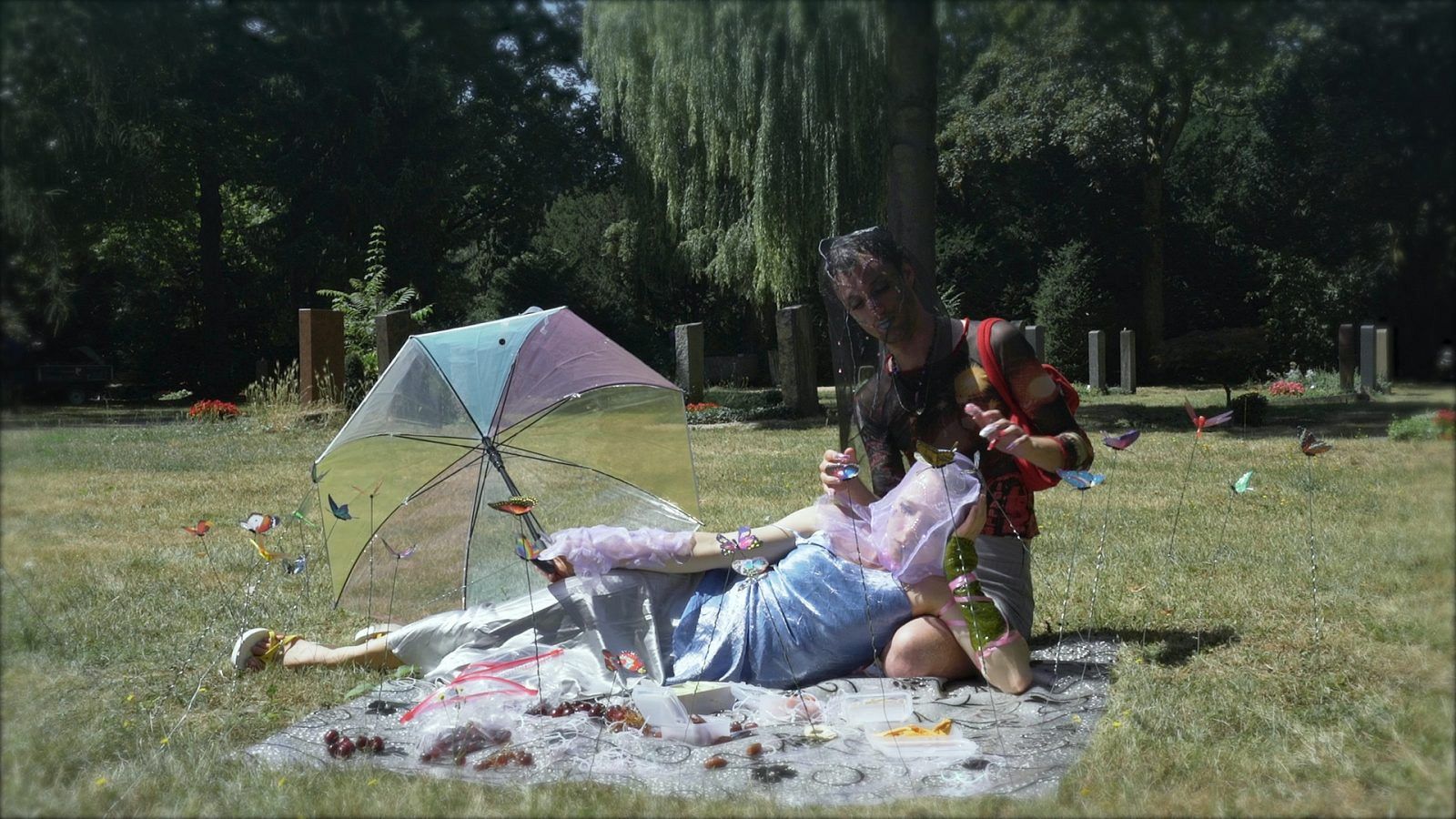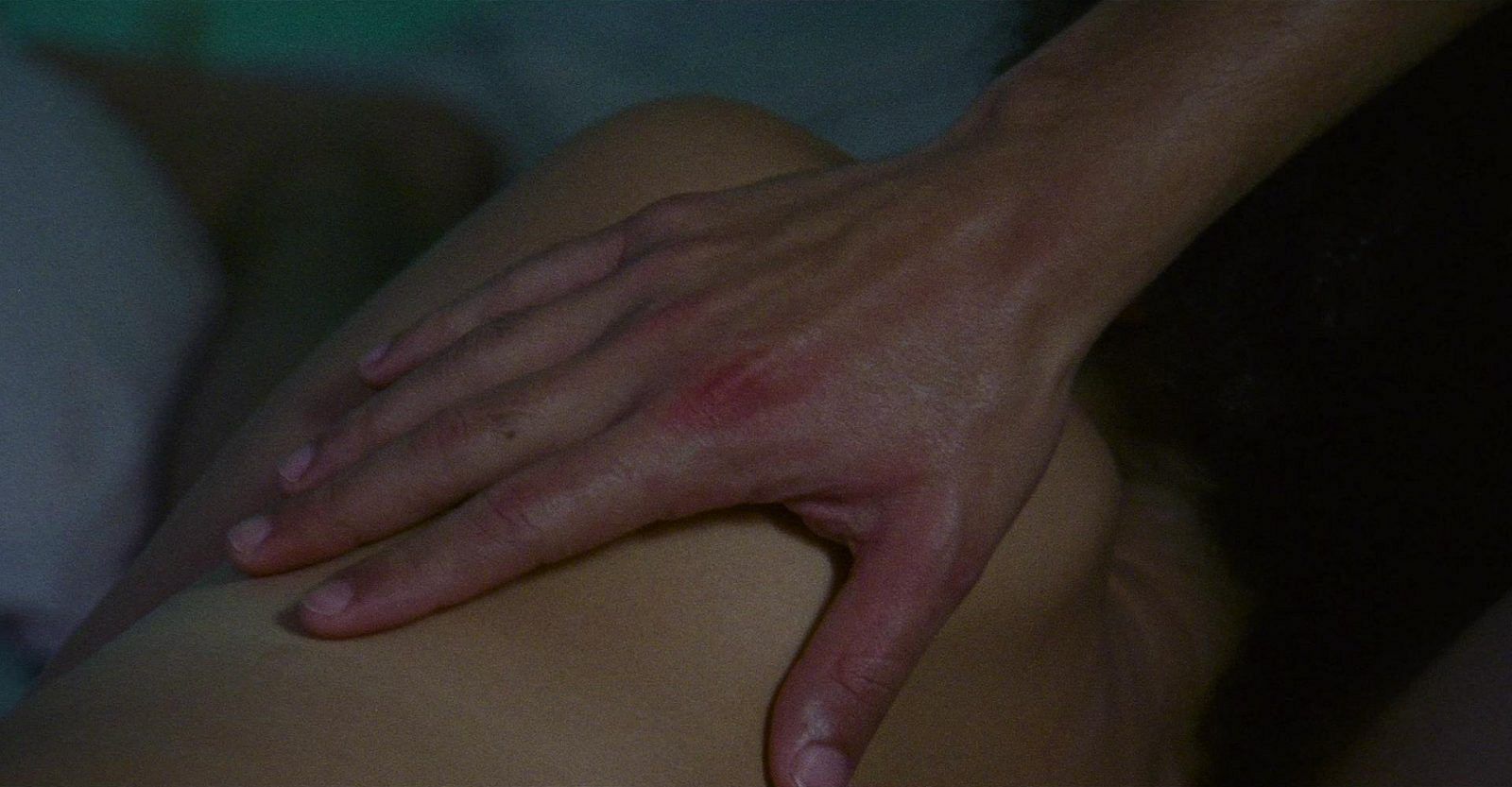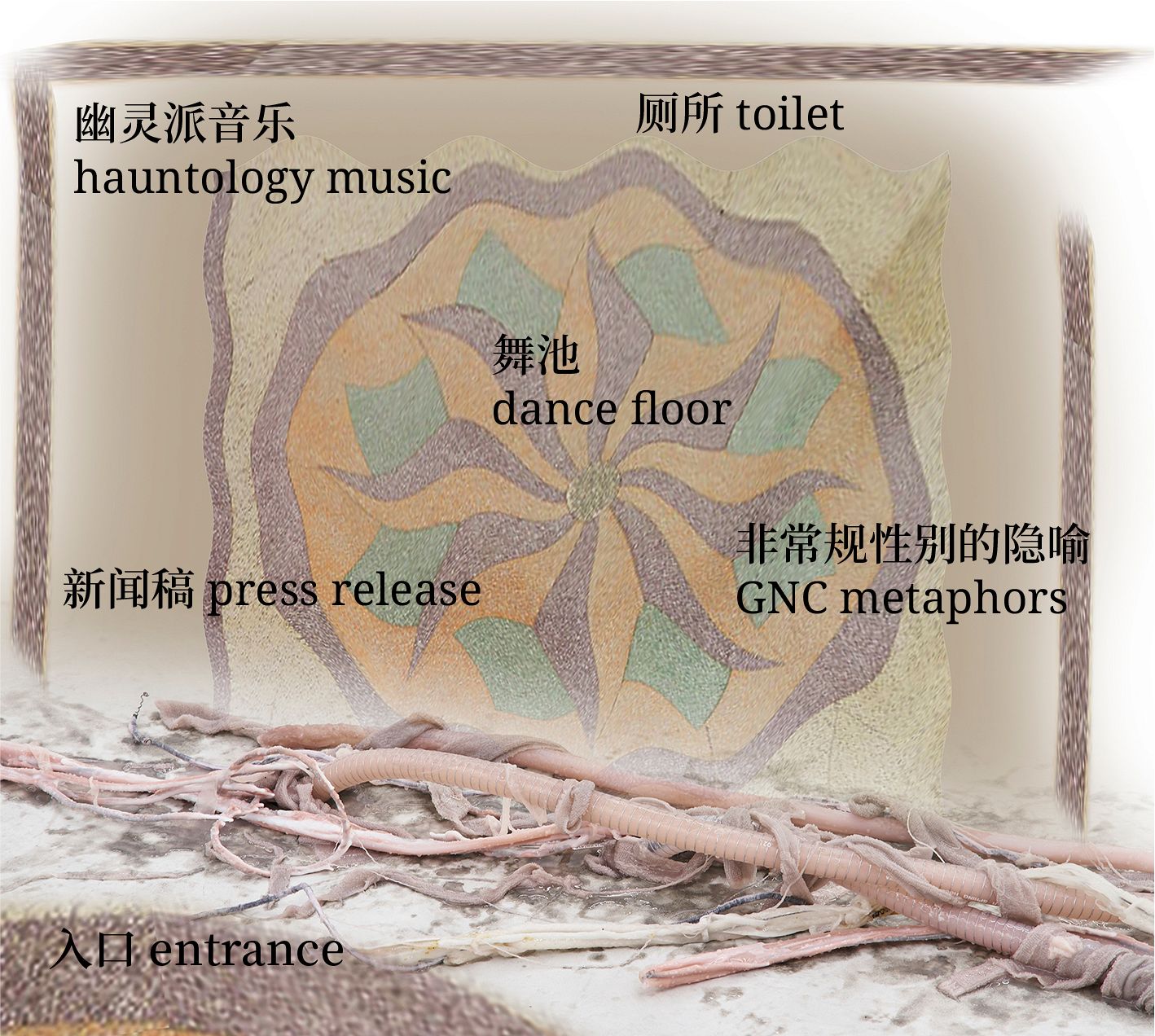Two or three years ago, when I was still working at Long March Project in Beijing, lead curator Lu Jie made this comparison of curatorial practices then and now: “In the past, every curator had their own method that they invented; people could tell at a glance whose style it was. Exhibitions now may be good, but they all look the same…”1Lu Jie is elaborating on an idea similar to contemporary China’s development trap. See: Huang, et al., “Marching Between the Local and the International: The Long March Project and Long March Space,” Yishu: Journal of Contemporary Chinese Art, Vol. 19, No. 5/6, September–December 2020. Lu’s words resonate with what the late theorist Mark Fisher said about club music: “Culture in the 21st century is to have 20th-century culture on higher definition screens […] or distributed by high-speed internet.”2“Mark Fisher: The Slow Cancellation of the Future,” 3:38-3:54, link. Contemporary art and clubs share a common concern with people no longer having the capacity to create totally new things that break with the past or represent an era; this kind of imagination has simply vanished. Curatorship today either sermonizes through prolonged essays, or falls into the visual loop of aggregators à la Contemporary Art Daily. In this context, a style that has not even happened yet is already obsolete.3Regarding the discussion on the role of Contemporary Art Daily in shaping the post-internet aesthetic, see: Michael Sanchez, “2011: Art and Transmission. Are We Living in an Aftermath?” Artforum International Vol. 51, No. 10. July–August 2013. link
Considering the role that overwrought contemporary art press releases play in this scene, there are two articles that might inform our thinking. In describing the phenomenon of “conceptronica,” music critic Simon Reynolds noted that club press releases had become increasingly like “the text at the entrance of a museum exhibit” or “a vintage essay from Artforum.”4Simon Reynolds, “The Rise of Conceptronica,” Pitchfork, October 10, 2019, link. Following the idea that club culture is becoming more like museum culture, art critic Tom Mouna embarked upon a description of China’s “club-museum ecosystem.” For Mouna, the year 2017 marked a pivotal change in club culture across various cities in China. It wasn’t just about the music anymore; “giant screens” appeared “in the most prominent position in the club,” which fed into a sound installation aesthetic that “prioritized the visual.”5Tom Mouna, “Journeys in the Chinese Club-Museum Ecosystem,” Heichi Magazine, December 24, 2020, link. This pursuit of upgraded hardware could also be seen in the contemporary art ecosystem in China, especially in China's top-tier art fairs and well-appointed art spaces. Visitors are more likely to remember the venues in which curators presented their projects than the specific agenda proposed. In contrast, those who continue to make exhibitions using less refined methods are misunderstood.
When I walked into a contemporary art exhibition most recently, the venue could have been mistaken for a club. The pandemic had mostly subsided by the opening of Breathing Through Skin, curated by Alvin Li, at Antenna Space in Shanghai last November, but it had been a long time since contemporary art had encountered strangers’ faces and skin at such close range. Visitors at the opening followed the crowd up to the cement platform in the center of the gallery — the only place where there was space — and examined the pink sink (or “coffin”) of lubricating oil inlaid into the platform and the motor immersed in it. This was the platform for Carriers, Horizontal Forms (2020), a work by Amsterdam-based Korean artist Mire Lee. The pump that sent the lubricating oil through the work was installed on the cement platform, accompanied by a sculpture full of viscous liquid that looked like an animal-machine hybrid. A motor in the coffin on the side propelled the liquid through this body’s intestinal tract.
For the purposes of this article, we might call the platform used for Mire Lee’s installation “a dance floor.” This is not simply because she actually built a stage in the center of Antenna Space; the cyborg references in Lee’s work are, as Mouna noted, linked to the cyborg imagery so popular in contemporary Chinese clubs. Furthermore, the sounds of a running motor that invariably come with kinetic sculptures are reminiscent of the bass in a club. Some Antenna Space regulars, namely, a few local artists with studios on the outskirts of town, were standing at the entrance and chatting. They noted that the dress code for this opening was different than in the past, and they began making fun of the bouncers at Club ALL who enforce the dress code at the door. The four exhibited artists were unable to attend the opening, otherwise, I am sure one of them would have started to DJ. Nevertheless, I’m Not in Love (How to Feed on Humans) (2020), the commissioned video installation (more like a music video) by Yong Xiang Li, a Hunanese artist living in Frankfurt, was playing “I’m Not in Love,” a 10cc song from the 1970s. It was truly a manifestation of the “hauntological” trend Fisher described: a typical 21st-century riff on an old song. The unwritten rule is that Li has a song in every one of his major creative projects, which is either performed or appears as lyrics written on the gallery wall.
The story that Yong Xiang Li lays out in the music video is a camp conversation between the Asian vampire (played by Li himself) and his much younger European lover. The plot is a bit like a queer version of the viral Chinese web TV series Three Lives Three Worlds, Ten Miles of Peach Blossoms. Both are low-budget and highly stylized, and both bet on exaggerated timescales and rhetorical flourishes. All of the immortals in Three Lives Three Worlds meet just once every hundred thousand years. Li’s character has lived for four hundred years, but he says, when flirting with his symbiont, “So it’s not because I’m biologically, venomously, irresistible?”6Yong Xiang Li, I’m Not in Love (How to Feed on Humans), 14:26, https://www.youtube.com/watch?v=tXZ3wEdjRBo. He sees hunter and hunted as associates, drawing on feminism and environmentalism to re-envision the best lines from contemporary web dramas. Diagonally across the room from Yong Xiang Li’s softcore vampire movie, Portuguese artist Pedro Neves Marques’s widely circulated piece A Mordida (The Bite) (2018) uses the sensibility of hardcore science fiction to address issues of gender bias, birth control, and the politics of death in a scientific laboratory. The protagonists are mosquitoes — real-life vampires.
Works like A Mordida (The Bite), which have both a highly discursive quality and an intense visual style, facilitate a closer dialogue between the exhibited artworks. In Breathing Through Skin, the vampire metaphor certainly inspired the Baroque overtones among the queer bodies, and the rich textures of meaning may have been best embodied in conceptronica press releases. If this very discerning exhibition still made people hover over the delightful texts, then would the next step be transcending conceptronica?
At the Antenna Space dinner, Alvin Li and I were talking about Mouna’s idea of the “club-museum.” I asked what he thought of the choice to upgrade the hardware at Club ALL after the demise of The Shelter, including the professionalization of the brand and the introduction of high-tech audiovisual systems. Li said that he preferred The Shelter of the past, because music director Gaz Williams was still exploring, and the club was growing organically. So many styles had not yet been standardized, and anything could happen, including the queer film series Cinemq that Li held intermittently at The Shelter. He described his early practice of film curatorship as “unrefined.”
So that begs the question: from the examples offered by Lu Jie to Mark Fisher, and to Alvin Li, is the unrefined past always better than a more well-equipped and professional present? For the moment, let’s leave aside whether Mouna’s discussion of Club ALL is reminiscent of similar transformations that have happened in galleries in Beijing and Shanghai in recent years. (“The gallery’s artist roster is getting more ‘polished’” and “They upgraded the space again.”) When people use the “unrefined” past to effectively point out the major shortcomings of the present, we can only advance or retreat on the axis of time, but this tendency also conceals another possibility.
Let’s return to conceptronica to discuss that other possibility. Reynolds claims, “Conceptronica isn’t a genre as such.”7Reynolds, “The Rise of Conceptronica.” I believe that it should not “just” be a genre; at any given moment, conceptronica could be a medium for an event. In May of last year, Alvin Li organized We Came to Linger, a group exhibition that was a tribute to ALL, which was facing closure. In the press release, Alvin Li invoked the term Clubsterben (the German word for “club death”) to describe the emergency of the pandemic. At the time, I was in a quarantine hotel in Shanghai. While I was in isolation, I saw him corral all kinds of limited resources to produce an exhibition that would focus on how clubs create a sense of belonging. I think that We Came to Linger transformed what would have been purchases in the club into action in the form of the exhibition. The goal of the exhibition was to help ALL through the financial crisis of the coronavirus, and these conceptronica artists generously exhibited their video pieces in the show. Going to the venue to view the exhibition was an act of support for the community. Looking back, this emergency was only a beginning. What would happen once conceptronica managed to survive Clubsterben? There may still be no new styles to come. But the circulation of desire offered by older things could be reoriented toward a new mode of production, a new dynamism.
Translated from the Chinese by Bridget Noetzel.
Zian Chen is a curator and co-editor of Heichi Magazine. He has contributed fiction writing to Future Histories: Mark Dion and Arseny Zhilyaev (Mousse, 2016) and The Two-Sided Lake: Scenarios, Storyboards and Sets from Liverpool Biennial (Liverpool University Press, 2016), and has published A FanThesis on Ray Brassier’s Prometheanism (Salt Projects, 2018). He is the co-curator of Long March Project: Building Code Violations III – Special Economic Zone (Long March Space, Beijing and Times Museum, Guangzhou, 2018), Long March Project: The Deficit Faction (Long March Space, Beijing, 2019), and Planet Marx Reading Club (various locations, 2019).
Bridget Noetzel is a translator, editor, and art consultant based in Hong Kong. She received a BA in both Chinese Language and the History of Art from Yale University. Since 2009, she has worked with galleries and artists in Beijing and Hong Kong, and she has translated and edited for major publications, institutions, and auction houses. In 2017, she co-founded the Asia Photography Project. She was the translator for Yi Ying’s history of modern Chinese art, entitled Art and Artists in China 1949-Present (Cambridge University Press, 2018).



